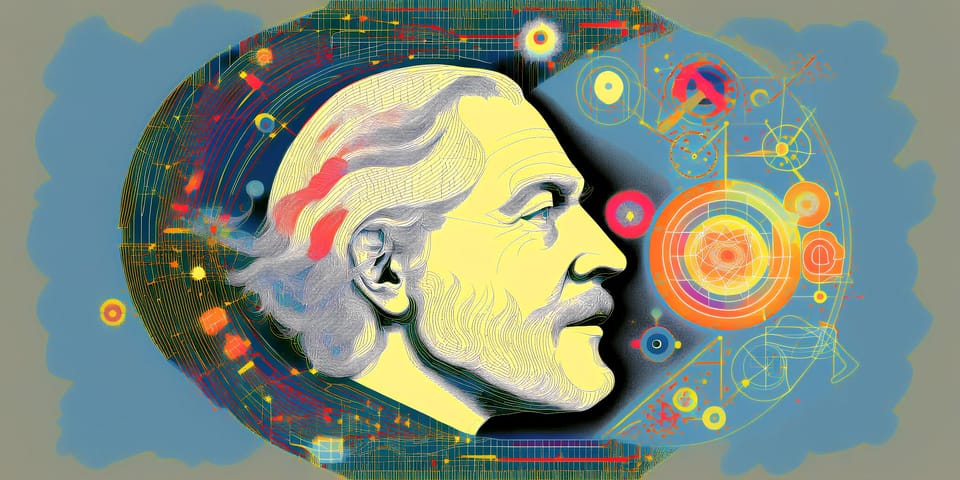The Neuroscience of Perception: Revisiting Aristotle's principles of causality and Descartes' Mechanistic World View through the Lens of the Seth Material and Quantum Mechanics

In the quest to understand the nature of reality, humanity has woven a rich tapestry of ideas, from the ancient philosophies of Aristotle to the revolutionary theories of quantum mechanics. Each thread in this tapestry offers unique insights, challenging and reshaping our perceptions of the world.
Our journey begins with Aristotle, the ancient Greek philosopher who laid the groundwork for centuries of scientific thought. Aristotle proposed four principles of causality: material, formal, efficient, and final. These principles, which describe the substance, pattern, process, and purpose of all things, have been foundational to scientific inquiry, including neuroscience. They form the bedrock of a worldview that values empirical observation and logical reasoning, shaping our understanding of the physical world and the complex workings of the human brain.
However, the rise of the Mechanistic World View during the Scientific Revolution introduced a shift in perspective. This view posits that the universe operates like a deterministic machine, governed by fixed laws and principles. It rejects the idea of purpose or finality in the universe, a stark contrast to Aristotle's concept of a 'final cause'. This mechanistic perspective has dominated scientific thought for centuries, reinforcing a deterministic and reductionist view of reality.
Yet, as our understanding of the universe deepened, new threads emerged that challenged the mechanistic worldview. Quantum mechanics, with its cornerstone Heisenberg Uncertainty Principle, suggests that the act of observing a particle can change its position or momentum. This principle challenges our deterministic view of the world, suggesting that reality at the quantum level is fundamentally probabilistic and influenced by observation.
This quantum observer effect resonates with the field of neuroscience, hinting at the possibility that our observation and beliefs might influence our perception of reality. It aligns with the concept of 'root assumptions' introduced by the Seth Material, a collection of metaphysical texts channeled by Jane Roberts. The Seth Material suggests that our fundamental beliefs about the nature of existence shape our personal and collective realities.
In neuroscience, the influence of these root assumptions is evident in the study of cognitive biases. These biases, systematic errors in thinking based on our deeply ingrained beliefs and assumptions, demonstrate how our perception of reality is a construct of the brain, influenced by our beliefs, experiences, and cultural conditioning.
The Seth Material goes further, suggesting that by becoming aware of and questioning our root assumptions, we can change our experience of reality. This idea, coupled with the quantum observer effect, pushes the boundaries of mainstream neuroscience and challenges the deterministic perspective of the Mechanistic World View.
As we weave together the threads of Aristotle's principles, the Mechanistic World View, the quantum observer effect, the Seth Material's root assumptions, and neuroscience, we find a rich and complex pattern. These concepts invite us to delve deeper into our understanding of the brain, consciousness, and reality. They challenge us to question, explore, and perhaps even reshape our root assumptions about the world.
In the end, the tapestry of human understanding is a work in progress, continually woven with the threads of new insights and discoveries. As we unravel the mysteries of the brain, consciousness, quantum mechanics, and our own beliefs, we may find that our reality is far more complex and malleable than we ever imagined.
